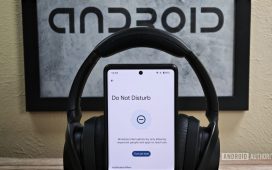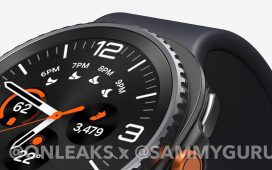The Samsung Galaxy S25 Edge is the company’s latest high-end offering. This is Samsung’s ultra-thin smartphone, which shares quite a few specs with its siblings. In this article, we’ll be comparing it with one of Samsung’s past flagships. We’ll compare the Samsung Galaxy S25 Edge vs Samsung Galaxy S24 Ultra specs. These two devices are actually different in quite a few ways.
They both look different and feel different in the hand, but they do have some similarities in terms of specs and software, of course. We’ll first compare the specs of these two phones, and then we’ll move to their designs, displays, performance, battery life, cameras, and audio output. With that being said, let’s get down to it, shall we?
Specs
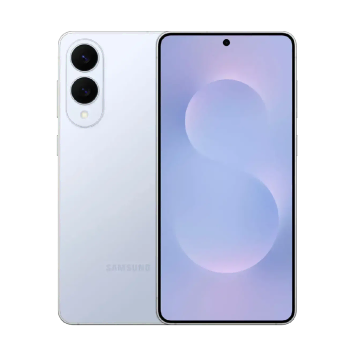
Samsung Galaxy S25 Edge
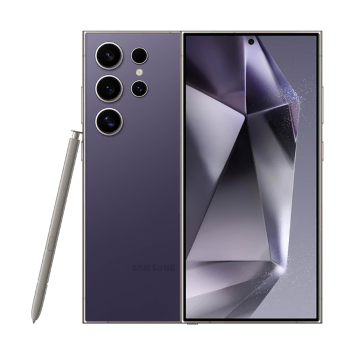
Samsung Galaxy S24 Ultra
| Samsung Galaxy S25 Edge | Samsung Galaxy S24 Ultra | |
|---|---|---|
| Dimensions | 158.2 x 75.6 x 5.8 mm | 162.3 x 79 x 8.6 mm |
| Weight | 163 grams | 232 grams |
| Display | 6.7-inch LTPO AMOLED 2X | 6.8-inch Dynamic LTPO AMOLED 2X |
| Refresh rate | 1-120Hz (adaptive) | 1-120Hz (adaptive) |
| Resolution | 3120 x 1440 | 3120 x 1440 |
| Chipset | Qualcomm Snapdragon 8 Elite for Galaxy | Qualcomm Snapdragon 8 Gen 3 for Galaxy |
| RAM | 12GB (LPDDR5X) | 12GB LPDDR5X |
| Storage | 256GB/512GB (UFS 4.0) | 256GB/512GB/1TB (UFS 4.0) |
| Main camera | 200MP (wide, f/1.7 aperture, 1/1.56-inch sensor size, OIS, PDAF) | 20MP (f/1.7 aperture, 24mm lens, 1/1.3-inch sensor size, 0.6um pixel size, PDAF, OIS) |
| Ultra-wide camera | 12MP (f/2.2 aperture, PDAF) | 12MP (f/2.2 aperture, 120-degree FoV, 1/2.55-inch sensor size, 1.4um pixel size) |
| Telephoto camera | N/A | 10MP (f/2.4 aperture, 1/3.52-inch sensor size, 1.0um pixel size, PDAF, OIS, 3x optical zoom) |
| Periscope telephoto camera | N/A | 50MP (f/3.4 aperture, 1/2.52-inch sensor size, 0.7um pixel size, PDAF, OIS, 5x optical zoom) |
| Selfie camera | 12MP (wide, f/2.2 aperture) | 12MP (f/2.2 aperture, 1/3.2-inch sensor size, 1.12um pixel size) |
| Battery size | 3,900mAh | 5,000mAh |
| Charging | 25W wired, Qi wireless (charger not included) | 45W wired, 15W wireless (Qi), 4.5W reverse wireless (charger not included) |
| Colors | Titanium Icyblue, Titanium Silver, Titanium Jetblack | Titanium Black, Titanium Gray, Titanium Violet, Titanium Yellow, Titanium Blue, Titanium Green, Titanium Orange |
Samsung Galaxy S25 Edge vs Samsung Galaxy S24 Ultra: Design
The moment you lay your eyes on the two phones, you’ll realize that they’re quite different. The Galaxy S25 Edge has rounded corners, while the Galaxy S24 Ultra comes with very sharp corners. Both of them have flat displays, though, and a centered display camera up top. Bezels on both phones are very thin and also uniform. The power/lock button and volume up and down keys sit on the right-hand side of both phones.
The Galaxy S25 Edge has a flat frame all around, which is not the case with the Galaxy S24 Ultra. If we flip them around, you’ll see even more differences. The Galaxy S25 Edge has a dedicated camera island in the top-left corner. There are two cameras in there, they’re vertically aligned. The Galaxy S24 Ultra has five protrusions in the top-left corner, each of which protrudes from the backplate itself. Four of those are reserved for the phone’s cameras.
Both smartphones use titanium for their frame and have glass backplates. The Galaxy S25 Edge is much thinner, actually. It is 5.8mm thick, while the Galaxy S24 Ultra is 8.6mm thick. The Galaxy S24 Ultra is not thick in the general sense of things, not at all, but the ‘Edge’ is extremely thin, so… there you go. The ‘Ultra’ also has a slightly larger display, and it’s both taller and wider in comparison (the phone itself).
The Galaxy S24 Ultra is also noticeably heavier. It weighs 232 grams compared to 163 grams of the Galaxy S25 Edge. Both smartphones are quite slippery, and both feature IP68 certifications. It’s worth noting that the Galaxy S24 Ultra also has an S Pen stylus docked inside of it, unlike the Galaxy S25 Edge.
Samsung Galaxy S25 Edge vs Samsung Galaxy S24 Ultra: Display
The Samsung Galaxy S25 Edge features a 6.7-inch QHD+ (3120 x 1440) Dynamic LTPO AMOLED 2X display. That panel is flat, it supports HDR10+ content, and it has an adaptive refresh rate (1-120Hz). The screen-to-body ratio here is at around 92%, while the display aspect ratio is 19.5:9. This display is protected by the Gorilla Glass Ceramic 2, a new protection from Corning.
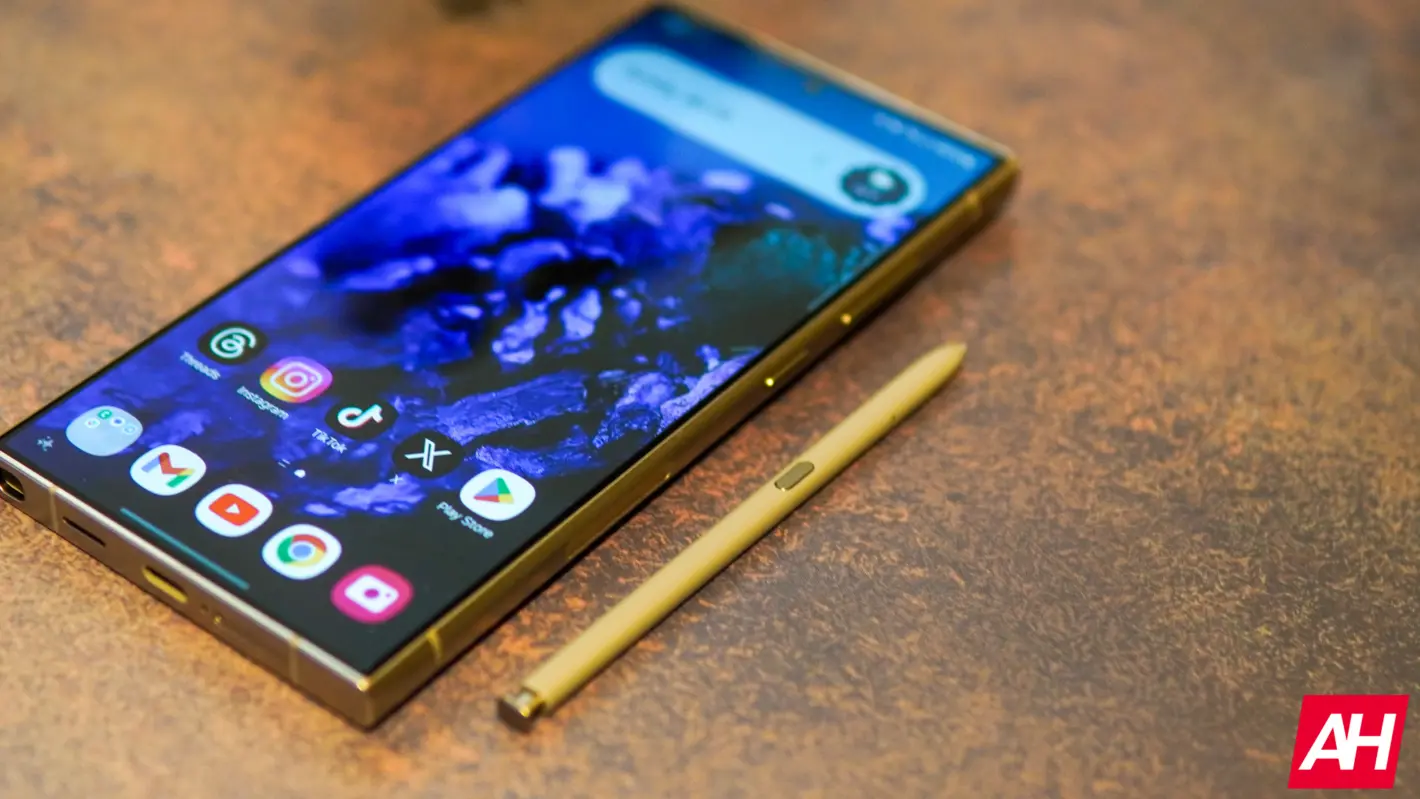
The Galaxy S24 Ultra, on the flip side, comes with a 6.8-inch Dynamic LTPO AMOLED 2X display. That panel is also flat, and it supports an adaptive refresh rate (1-120Hz). HDR10+ content is also supported here, and the peak brightness it can offer is 2,600 nits. The screen-to-body ratio is at around 88%, while the display aspect ratio is 19.5:9. The resolution here is 3120 x 1440 as well, and the Gorilla Armor protects this display.
Both of these panels are excellent. They’re both vivid, have great viewing angles, and they’re also bright enough. The touch response is good on both, and the blacks are as deep as you’d expect them to be. Both displays are also extremely sharp. The Galaxy S24 Ultra does have one advantage, though, the Gorilla Armor. Why? Well, because it tackles glare with ease, only the Gorilla Armor 2 can compete.
Samsung Galaxy S25 Edge vs Samsung Galaxy S24 Ultra: Performance
The Snapdragon 8 Elite for Galaxy fuels the Galaxy S25 Edge. That is Qualcomm’s most powerful chip now, a 3nm chip, and it’s actually an overclocked variant of that chip. Samsung paired it with 12GB of LPDDR5X RAM here, and UFS 4.0 flash storage. The Galaxy S24 Ultra, on the flip side, is fueled by the Snapdragon 8 Gen 3 for Galaxy. That is also an overclocked variant of Qualcomm’s chip, and a 4nm processor, by the way. It’s paired with 12GB of LPDDR5X RAM inside the Galaxy S24 Ultra. That phone also uses UFS 4.0 flash storage.
Neither device offers storage expansion, by the way, so make sure to get the variant that you need. From what we’ve seen thus far, both phones do offer really good performance. Granted, we didn’t review the Galaxy S25 Edge yet, but the phone is showing promise and similar performance to its siblings. The Galaxy S25 Edge is the more powerful device in comparison, though, but both offer great day-to-day performance.
The Galaxy S24 Ultra can still hold its own when it comes to gaming. It actually offers outstanding gaming performance, even when it comes to the most demanding titles. We haven’t tested the Galaxy S25 Edge in that regard yet, but it should offer great performance too. The only thing we’re wondering about is the heat. That phone is immensely thin, and we’re wondering if it will impact the temperature while running top-end games.
Samsung Galaxy S25 Edge vs Samsung Galaxy S24 Ultra: Battery
The Samsung Galaxy S25 Edge features a 3,900mAh battery on the inside. The Galaxy S24 Ultra, on the flip side, has a 5,000mAh battery pack. That’s quite different, especially if you note that their display sizes are very similar. The Galaxy S25 Edge has a rather small battery, especially considering the phone’s display size. That device bets on its extreme thinness as a main selling point.
The Galaxy S24 Ultra offered outstanding battery life at first. We were able to get truly high screen-on-time numbers, but that changed after a couple of months. The battery life is still good, but it’s not on par with the best battery life smartphones out there. The initial Galaxy S25 Edge impressions are not good. We’ll talk more about that in our review, but as suspected, the phone doesn’t exactly offer good battery life. That’s almost impossible to achieve considering its hardware.
The Galaxy S25 Edge supports 25W wired and 15W wireless (Qi2 Ready) charging. The Galaxy S24 Ultra, on the flip side, supports 45W wired, 15W wireless (Qi), and 4.5W reverse wireless charging. The Galaxy S24 Ultra will charge a bit faster, yes, despite its much bigger battery. Neither smartphone comes with a charger in the retail box, however, you’ll need to get one separately if you don’t already own it.
Samsung Galaxy S25 Edge vs Samsung Galaxy S24 Ultra: Cameras
There are two cameras included on the back of the Galaxy S25 Edge. A 200-megapixel camera (1/1.3-inch sensor size) is backed by a 12-megapixel ultrawide camera (120-degree FoV). The Galaxy S24 Ultra, on the other hand, has double the cameras on the back, it has four. The main camera is the same, as is the ultrawide one. The remaining two are a 10-megapixel telephoto camera (3x optical zoom, 1/3.52-inch sensor size) and a 50-megapixel periscope telephoto camera (1/2.52-inch sensor size, 5x optical zoom).
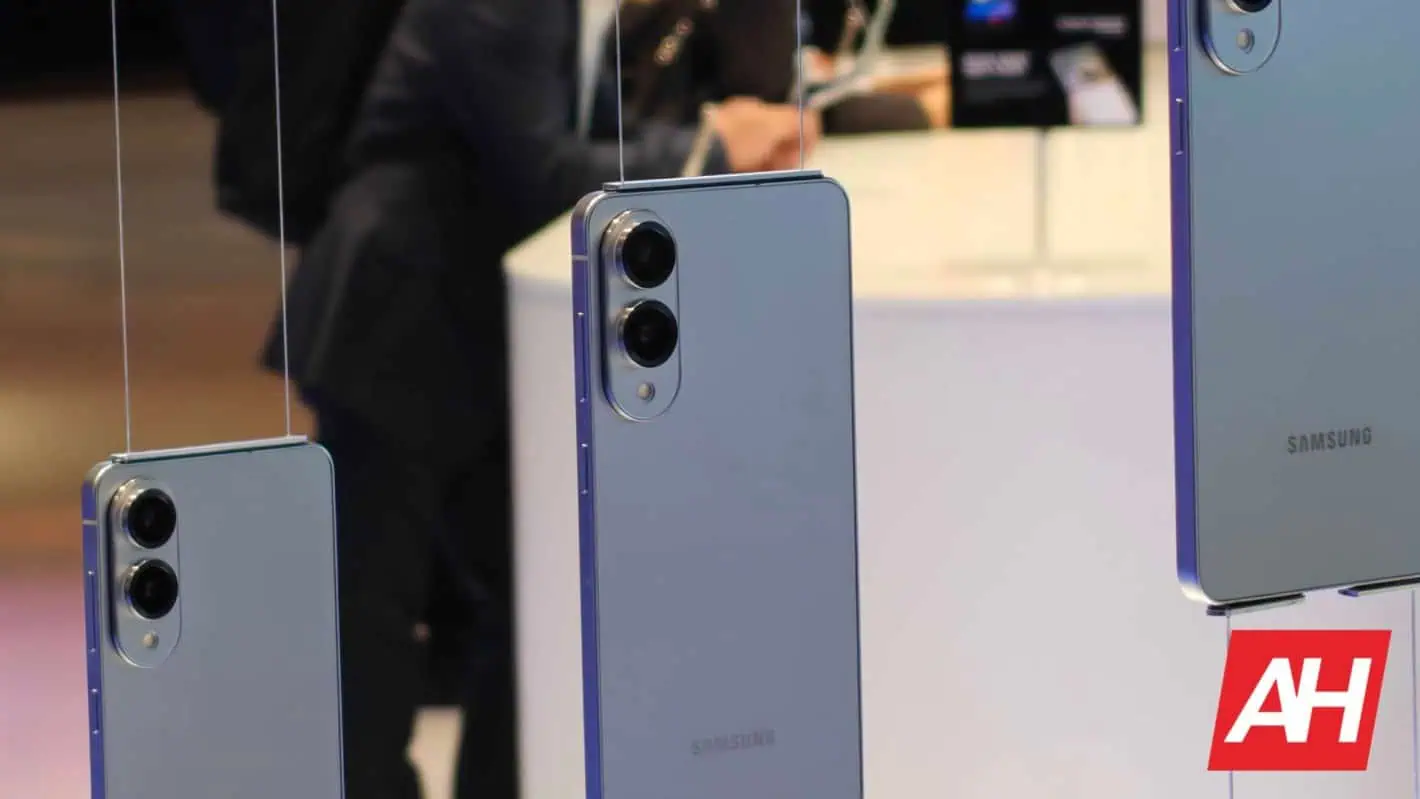
The Galaxy S24 Ultra’s camera performance still holds up really well. Yes, the phone tends to oversaturate sometimes, and the sharpening can still be an issue at times, but that’s not a big problem at all. It does a great job in all lighting conditions, with the main camera. The others are… well, depending on the situation. They’re not great in low light, neither one of them, while the telephoto camera is not that good in general.
The Galaxy S25 Edge does keep up in terms of camera performance. Its main camera is quite capable, though we still didn’t review it properly. What we’ve seen thus far does look promising. The ultrawide camera performance will be quite similar. You are out of luck when it comes to zoomed-in shots, however, as there is no telephoto camera on this device.
Audio
Both of these smartphones have a set of stereo speakers. The ones on the Galaxy S24 Ultra are actually really good. They’re loud enough, and the sound output is good. The Galaxy S25 Edge still has to be tested, but chances are they’ll be inferior to the Galaxy S24 Ultra’s due to space constraints.
There is no audio jack on either of these two smartphones. You can hook up your wired headphones to their Type-C ports, though, sure. Alternatively, the Galaxy S25 Edge supports Bluetooth 5.4, while the Galaxy S24 Ultra supports Bluetooth 5.3.


